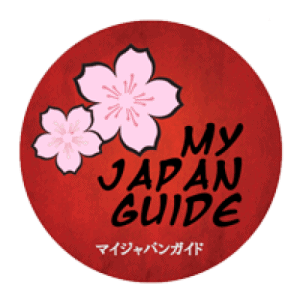Tokyo is an extremely overcrowded place, the land is expensive and a grave site for a funeral urn can cost up to USD100,000 in Tokyo.
But the architect Kiyoshi Takeyama and the Toyota Group’s electronic division have found a clever solution: the Shinjuku Rurikoin Byakurengedo. A multi-story charnel house located in the heart of the famous Tokyo shopping district, Shinjuku with its bars, neon billboards, hostess clubs, salarymen crowds, love hotels, shiny skyscrapers, packed crossings – and now a temple and cemetery.
It uses advanced automated warehouse technology to store and allow access to the remains of the deceased. The family of the deceased has access to an “electronic tombstone” with ID card. A door opens automatically to reveal an ersatz gravestone with the name and photograph of the deceased person.
We will not ask you if this system tempts you in case you leave this world …but you can just visit and pray.
http://www.byakurengedo.net/ (Japanese only)

